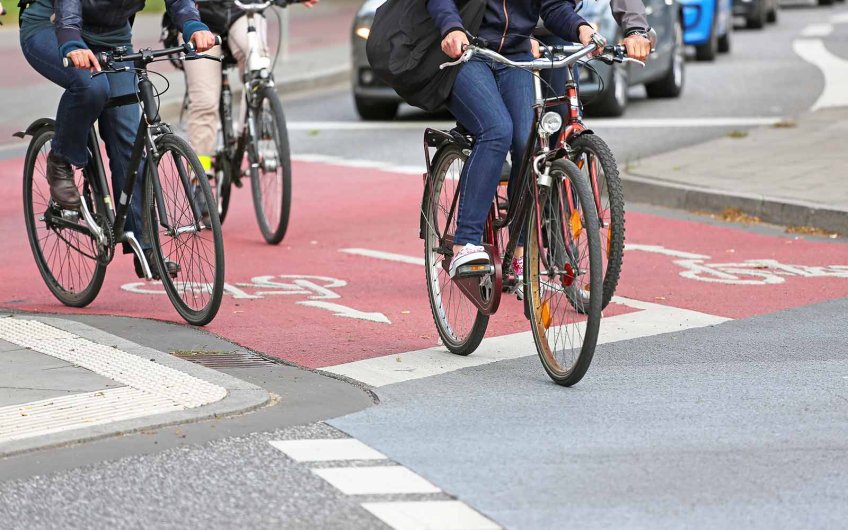
Sustainable transport and mobility are here to stay. This year Emesa participates in the initiative with the objective that the users of the M30 move around the city in the most sustainable way possible.
If in 2018 it has already taken strides with the emergence of new brands of carsharing, motosharing, scooters around the city, more electric cars and the expansion of recharging points, in 2019 this upward trend is set to continue.
Will 2019 be the year of sustainability in the transport sector? If there is one thing 2018 has taught us, it is not to be so attached to our cars and to be aware of alternatives. 2019 is the green light for sustainable mobility, which is already starting to promise a better future.
The concept of sustainable mobility is the movement of people and goods through more energy-efficient and environmentally friendly means of transport. This reduces fossil fuel consumption and greenhouse gas emissions. As a result, negative environmental impacts are reduced.
Following this, between 16 and 22 September 2019 when European Mobility Week is celebrated. This project encourages cities to introduce and promote sustainable transport models. On the other hand, they invite you to try and choose alternatives to the car or private vehicle.
Since its inception in 2002, the impact of this European initiative has steadily grown. A week that leaves its mark not only in Europe, but also throughout the world. So much so that last year it achieved record participation: 2,792 cities from 54 countries participated in activities throughout the week.
Walk with us! is the campaign’s slogan, whose objectives will allow us to see the benefits of walking and cycling safely. On this matter, the European Union is focused on the benefits of these two modes of transport for our health, the environment and the economy.
So, the area that Europe is particularly focusing on is a mode of transport that we tend to underestimate: walking.
Walking, along with cycling and combining these journeys with public transport or the electric car means a positive impact on the environment and our health. These means of transport also offer other benefits such as social and economic accessibility, no emissions and reliability. Want to take a further look at their positive footprint for the environment?
Walking not only improves the health of your heart and quality of life, but also that of your city. So, if you drive five journeys a week of less than 2 kilometres on foot, you reduce your carbon footprint by 86 kilograms a year.
Unlike people who walk, those who travel by car are exposed to the closed environment of the car, which tends to have a higher concentration of pollutants in the air.
A study shows that walking in an average urban environment only outweighs the health benefits after 16 hours of walking.
The cycling figures are also encouraging: if you cycle 8 kilometres to work four days a week you avoid 3,220 kilometres of driving. What does that mean? No less than 380 litres of petrol and 750 kilograms of CO2 emissions.
Because cycling is often the fastest way to get around in urban areas, especially during peak hours, cyclists spend less time in traffic and are therefore less affected by air pollution.
In this case, a report shows that cycling in an urban environment only outweighs the health benefits after 6 hours of cycling.
It is clear that, in terms of the environment, the benefits of public transport are great. The pollution caused by cities can be greatly reduced if millions of citizens leave their cars at home and use public transport.
The bus, in particular electric and hybrid models, is ideal for urban transport. Thanks to new technologies, it has been possible to develop and manufacture vehicles that minimise environmental pollution.
To get the public to change their habits, it is essential that public transport offers quality, as well as being comfortable and practical. So, a public transportation service must be safe, reliable and efficient.
Do you know why electric cars are good for the environment? If we make a comparison between an electric car and a thermal car, the former has a more sustainable footprint. This is because to start an electric vehicle you need electricity that can be obtained from renewable energy sources.
In addition, they are powered by an electric motor and use rechargeable batteries. This means the action of using electrical energy to move the car prevents releasing CO2 emissions into the atmosphere.
In short, choosing sustainable transport and mobility means choosing a green and clean future in the city.